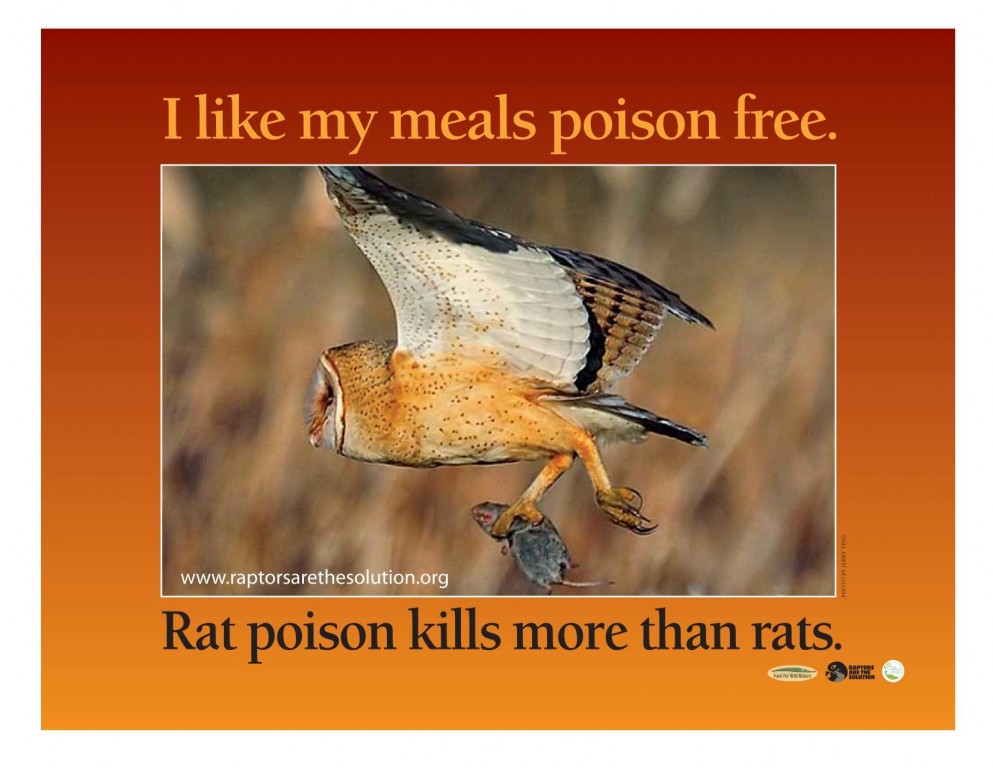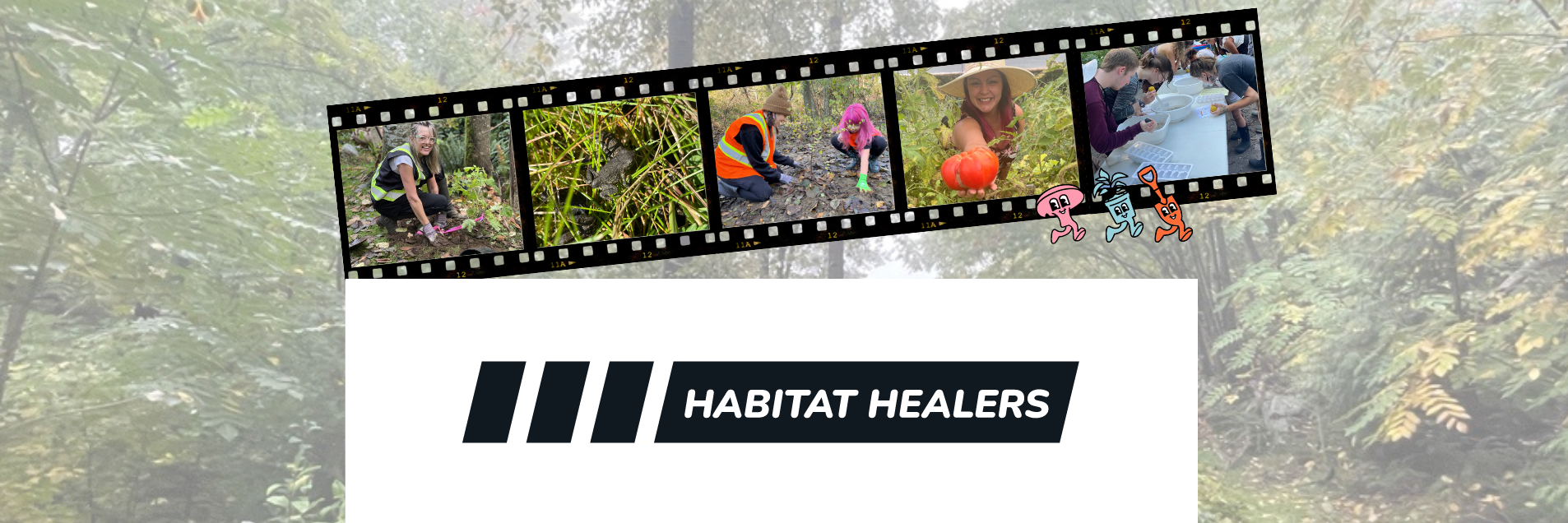 Rodenticides (rat poison) are not only killing the intended targets such as rats and house mice. Every year in BC there are documented cases of owls, hawks and other wildlife that have died as a result of eating rodents that have eaten rat poison. Rodenticides are designed to be slow-reacting so that rats and mice do not associate getting sick and dying from eating the poison. Due to these “slow reacting compounds,” and it can take up to 5-7 days before a rodent gets sick and eventually dies. During this lag-time, there is a risk that the rodent will get eaten by a hungry predator, especially if the rodent is becoming slow and lethargic due to poisoning.
Rodenticides (rat poison) are not only killing the intended targets such as rats and house mice. Every year in BC there are documented cases of owls, hawks and other wildlife that have died as a result of eating rodents that have eaten rat poison. Rodenticides are designed to be slow-reacting so that rats and mice do not associate getting sick and dying from eating the poison. Due to these “slow reacting compounds,” and it can take up to 5-7 days before a rodent gets sick and eventually dies. During this lag-time, there is a risk that the rodent will get eaten by a hungry predator, especially if the rodent is becoming slow and lethargic due to poisoning.
There are different types of rodenticides, but the main ones are what we call anticoagulant rodenticides. The active ingredients brodifacoum, difethialone and bromadiolone are very toxic and persistent — one feeding is sufficient to not only kill rodents but also secondary poison predators.
Rodent Control
If possible, avoid the use of rodenticides. Consider preventive measures such as removal of food sources and blocking access to the inside of structures. Rodenticides should only be used as a last resort and application should carefully follow the instructions on the product label.
Preventive Measures
• Removal of open food sources for pests
• Safe storage of food products and or waste management
• Block possible access to the inside of structures
• Keep pet food indoors
• Keep grass short within 1m surrounding barn
• Removal of debris
For more information about this topic and alternatives to rat poison, check out Raptors are the Solution.


